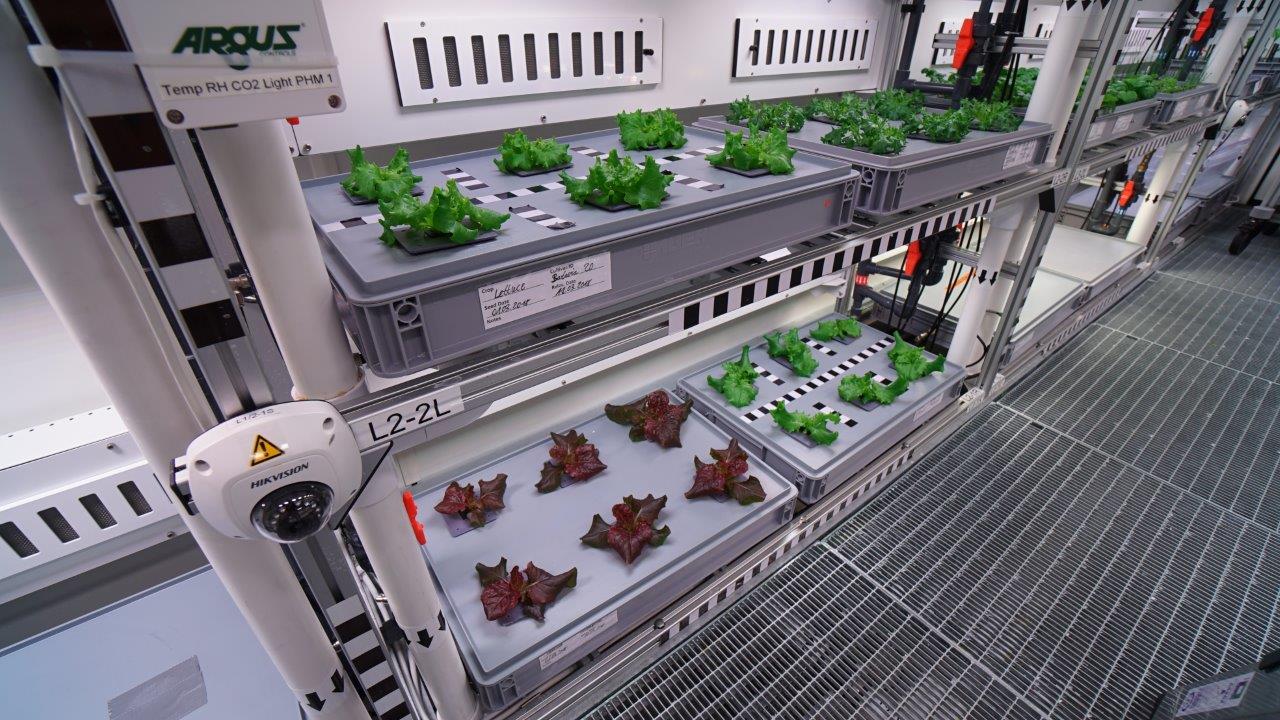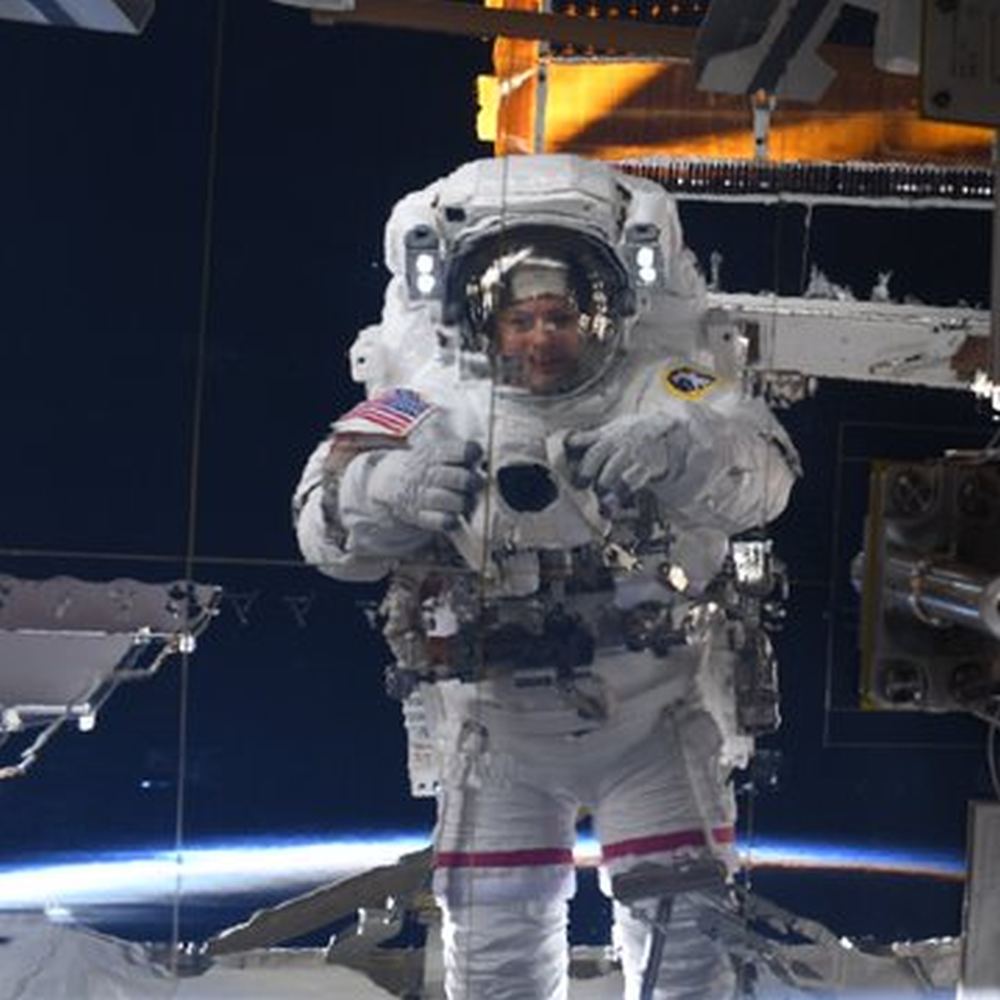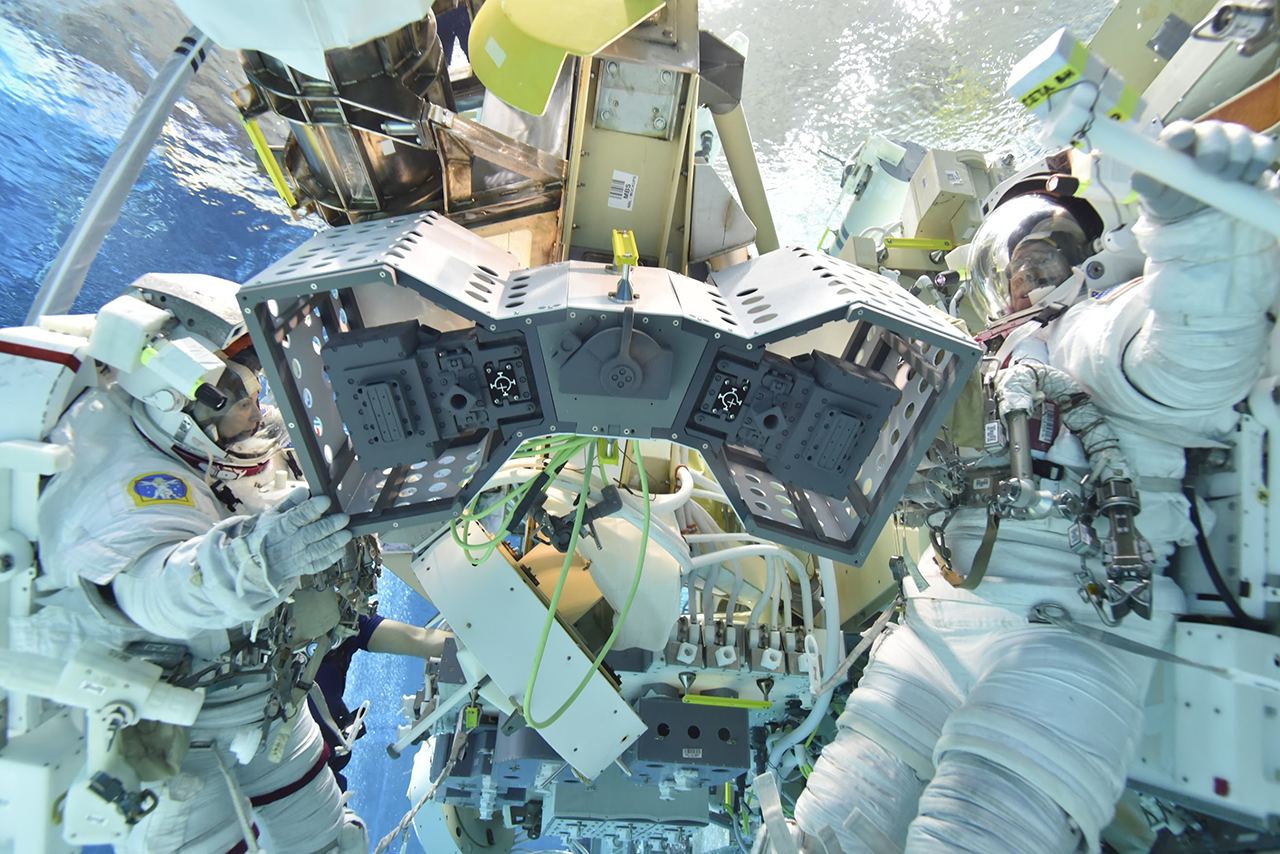For the purpose of restoring domestic launch capability to US soil, NASA launched the Commercial Crew Program (CCP) in 2010. Alongside its commercial partners, Boeing and SpaceX, the focus of this program has been to develop crew-capable spacecraft that could deliver payloads and astronauts to the International Space Station (ISS), something NASA has been unable to do since the retirement of the Space Shuttle in 2011.
On May 30th, 2020, the CCP fulfilled its purpose as SpaceX’s Crew Dragon spacecraft was launched atop a Falcon 9 rocket and successfully delivered two astronauts (Robert Behnken and Douglas Hurley) to the ISS. Looking ahead, NASA and SpaceX have modified their contract agreement, which gives the company permission to use previously-flown Crew Dragon spacecraft and Falcon 9 boosters to send NASA astronauts to the ISS.
Continue reading “NASA Changes its Mind. It Will be Using Previously Flown Crew Dragons and Falcon 9”









